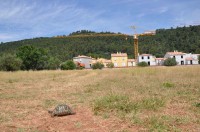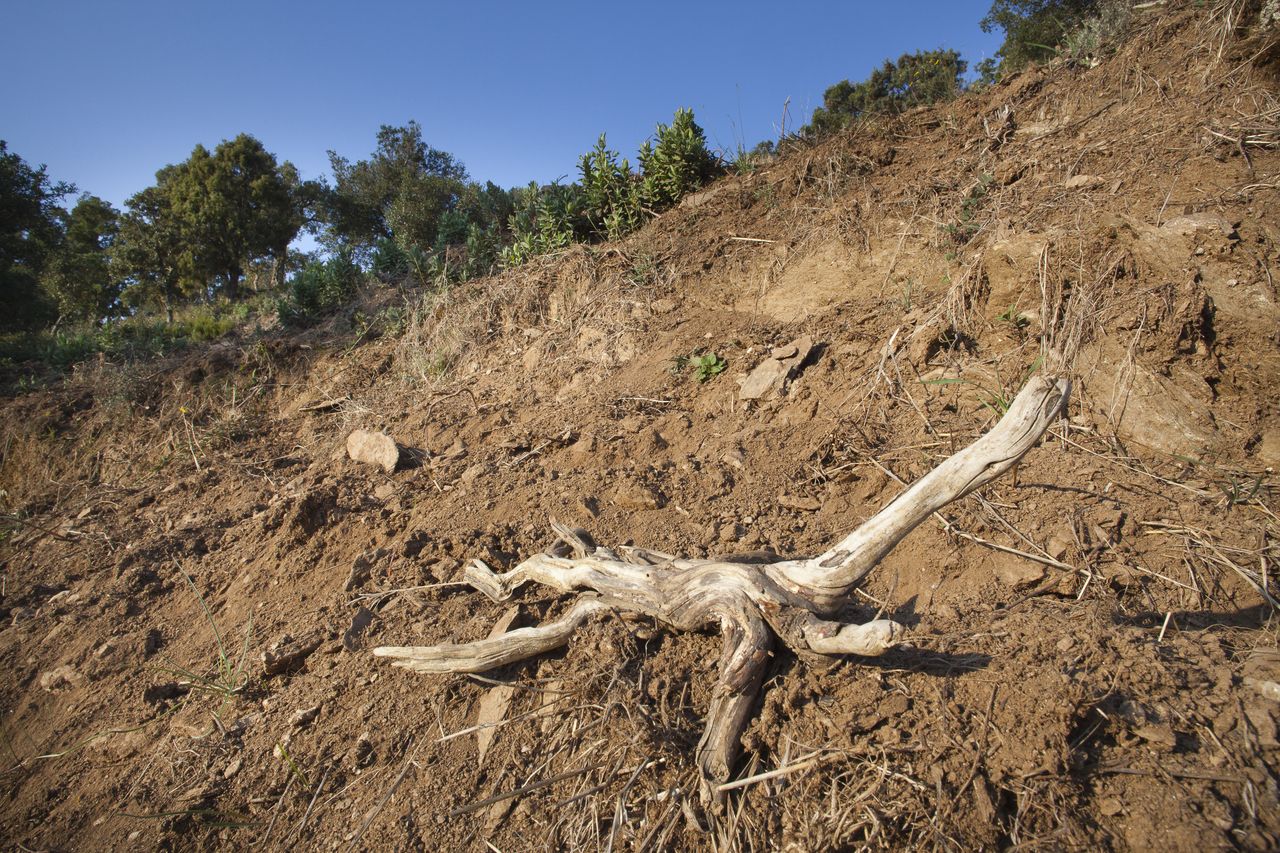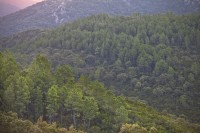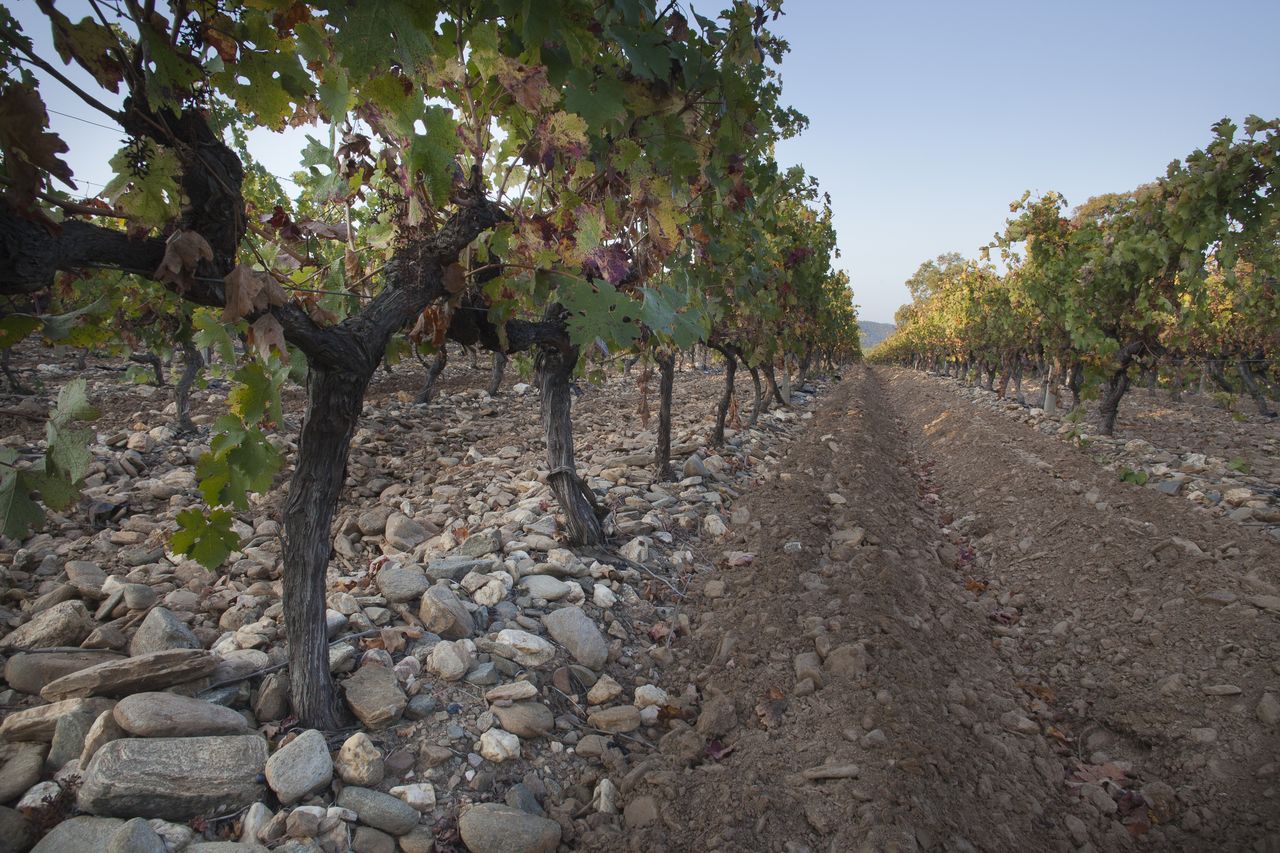Habitat destruction and degradation

The main threat to the species is the irreversible destruction, and the degradation, of its natural habitat.
The opening of firebreaks to prevent fires and forest clearance also contribute to the fragmentation and the degradation of its environment.


Agricultural intensification and mechanisation result in the degradation of habitats suitable for Hermann’s tortoises through the loss of hedges, copses and edges. Larger agricultural plot sizes and the extreme specialisation of agriculture mean that agricultural land is becoming increasingly unsuitable for the species. This process is associated with a loss of suitable habitat, but it also places a serious limitation on any possible exchange between sub-populations.

